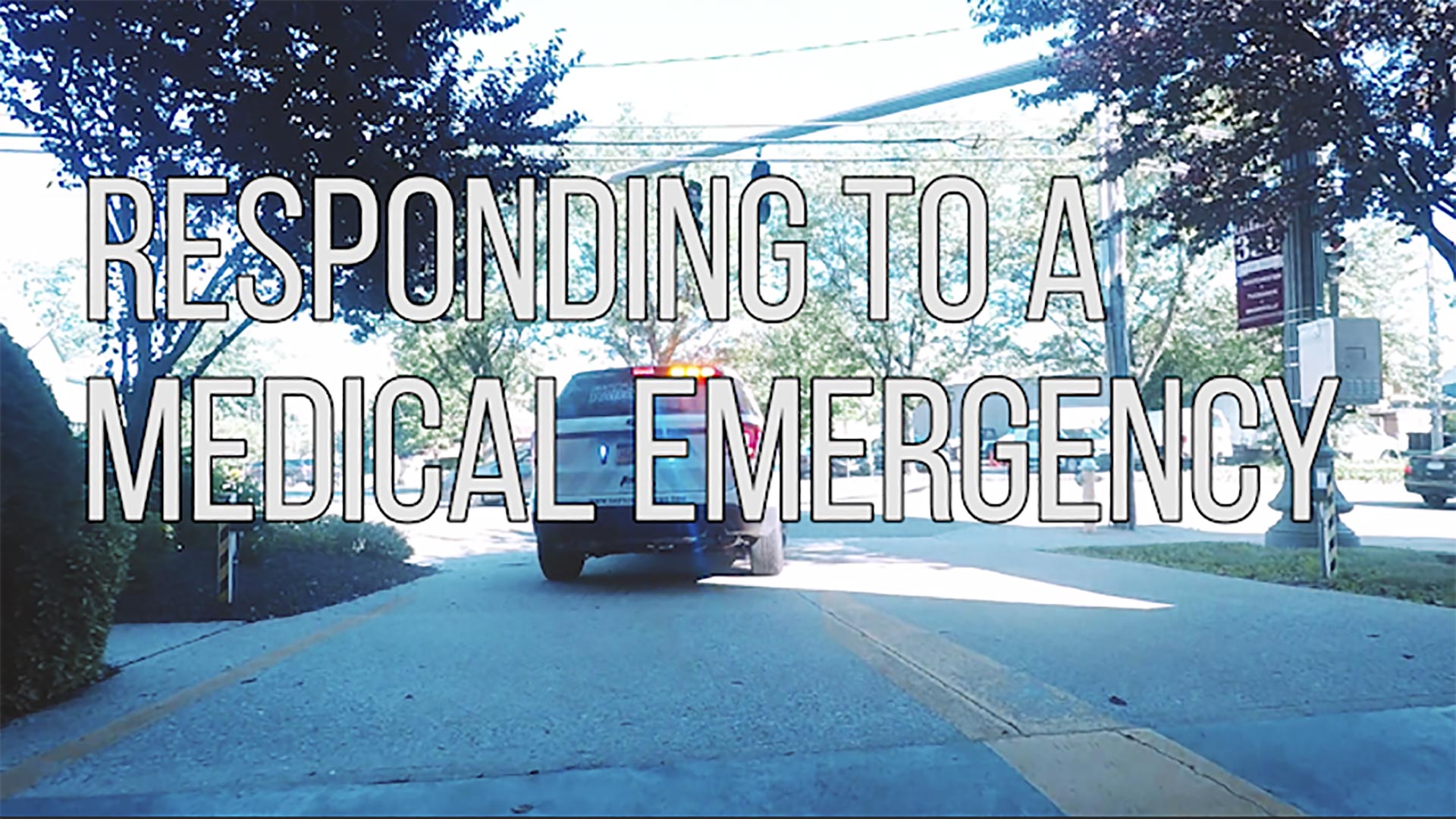

Operating an emergency vehicle is an intense experience no matter how long you have been “on the job.” There are many variables involved, none of which can be taken lightly. For many medical responders, responding to a call means the operator is responsible for maneuvering a 14,000-plus pound ambulance at relatively high rates of speed through an abnormal traffic pattern while simultaneously controlling sirens, radios, and the like.
In the video below, you get a first-hand look at what it is like to operate an ambulance in an emergency setting. As it quickly becomes clear, emergency medical providers are often forced to go over the double yellow line in order to proceed through traffic, this action poses obvious dangers but when done correctly can allow for appropriate response times.
When responding to a call, first responders run the risk of getting tunnel vision, so it is important to remain extremely aware of your actions throughout the whole response. In the video, you can see the driver—me—thoroughly check every intersection before proceeding through at a safe speed. Unfortunately, an ambulance can not stop as quickly as a normal-sized vehicle, so operators need to take extra caution when responding and anticipate every possible move, even those of irrational drivers.
There are many more areas we can talk about and highlight in emergency vehicle operations, but we want you guys to decide what those will be. Please leave a comment below on what you want to learn more about.
Featured: Eastchester EMS 57-B3 (EMT Goldberg/EMT Bellantoni) and Eastchester EMS 57-M1
The wide frame on the GoPro makes the ambulance look like it is traveling faster than it actually was.